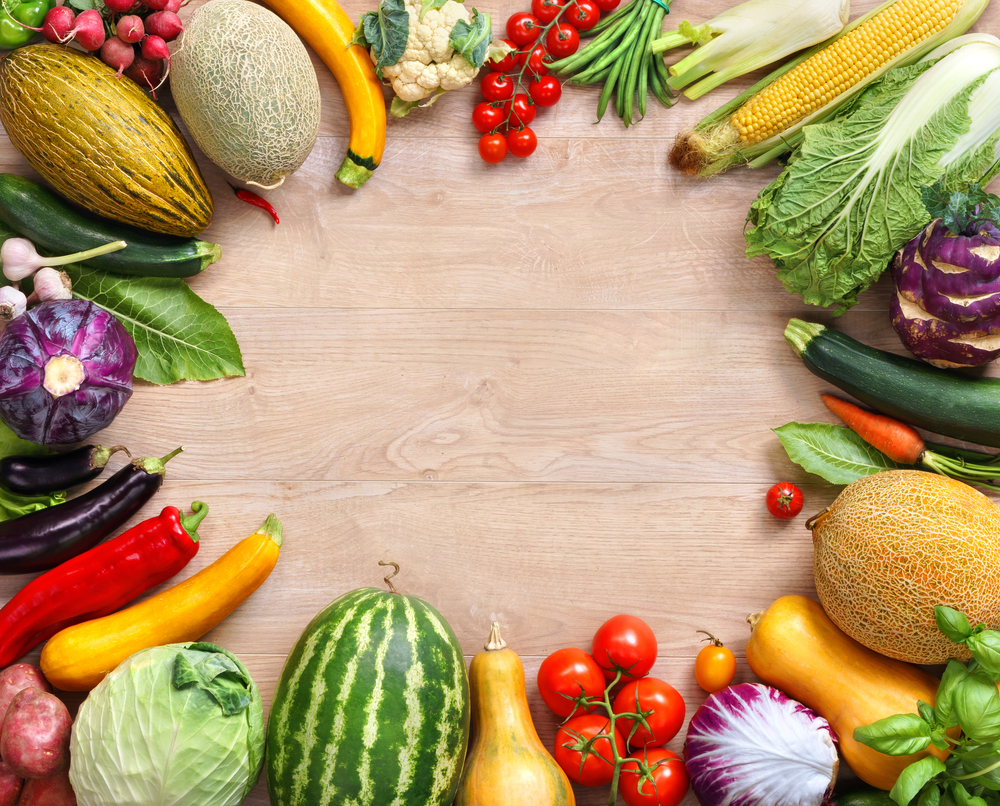New Year is a time for resolutions, one of the main ones for adults being to get fitter but this kind of resolution is also important for children and in this set of activities, the pupils are encouraged to look at their lifestyles and see how they can be changed to healthier ones.
Activity One – You are what you eat
Suitable for Years 4 to 6
Learning Objectives:
- Be able to recognise that almost all food and drink provides some nutritional value but that many contain substances that are detrimental to health.
- Learn that eating a balance of food items can help us to be healthy as well as enjoy tasty treats.
Ask the children to tell you a selection of the foods that they eat and along with it, whether they enjoy eating them. Ask them whether there is a pattern to the results: do we enjoy eating food that is not good for us and not enjoy that which is healthy? What is it about the foods and drinks that we enjoy?
Tell the children that there are many foods and drinks that health experts say are unhealthy such as red meat, sugary drinks etc. but which have some health benefits (protein and energy) just as there are some healthy foods which have some adverse effects; citrus drinks which give vitamin C but which also contain acid that attacks teeth and potatoes which contain fibre and vitamin C but which also contain high levels of carbohydrate which can be stored as fat.
From the list that the pupils give you, ask them to find the health benefits or detriments but also if there is a corresponding detriment or benefit.
Now, as a class, discuss whether on balance, the food or drink should be considered healthy or unhealthy and how often we should eat it. Ask them to consider whether there are any ways to counter any negative impact of the food or drink.
From this the pupils should be able to construct their own ‘food pyramid’; one that will have more meaning to them as they will have had an input into the food and drink from which it’s constructed.
To maintain the focus on ‘Healthy New Year’, ask the children weekly if they have altered their diet to take account of their learning.
Activity Two – Get Fit!
Suitable for Years 3 to 6
Learning Objective:
- To be able to recognise that the effects of exercise are cumulative, as are those of a lack of exercise.
- To understand some of the effects of exercise and their benefits to us.
Exercise is a key aspect of the ‘Healthy New Year’ message and a good place to start is in finding out how much exercise each of the pupils does weekly. Start with PE lessons and sports clubs in school and then add in other exercise that the pupils do.
You can remind them that exercise isn’t always about being very energetic and you can show them this video of older people doing effective aerobic exercise whilst sitting down!
In compiling your list of exercise, ask the pupils how many of them walk their dog, live in a house with stairs, help around the house and garden, for all of these activities cause us to raise our heart rate and increase our breathing rate. From these they’ll see that exercise doesn’t have to be hard work and that it can also be enjoyable or useful.
How do we know that exercise is beneficial? To find out, we need time but over the course of a term, you can measure the benefits of the ‘Healthy New Year’. Start by asking the children to measure their resting pulse rate then to sprint fast for thirty seconds or do thirty seconds of step ups onto a bench or step. Now measure the pulse rate again. Ask them to rest and measure the pulse rate again after one, two and five minutes, recording the data on the accompanying sheet. Doing this every two weeks with the ‘Healthy New Year’ programme should allow the pupils to see the benefits in terms of lower pulse rates and a quicker return to the resting pulse after exercise. There will be some that won’t or can’t do the programme but their results will be useful as a control group for those who do, showing them the cumulative benefits of a healthy lifestyle.
Download the Healthy New Year Exercise Record



